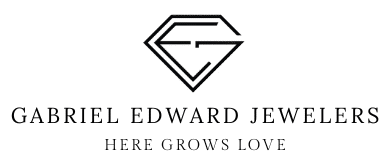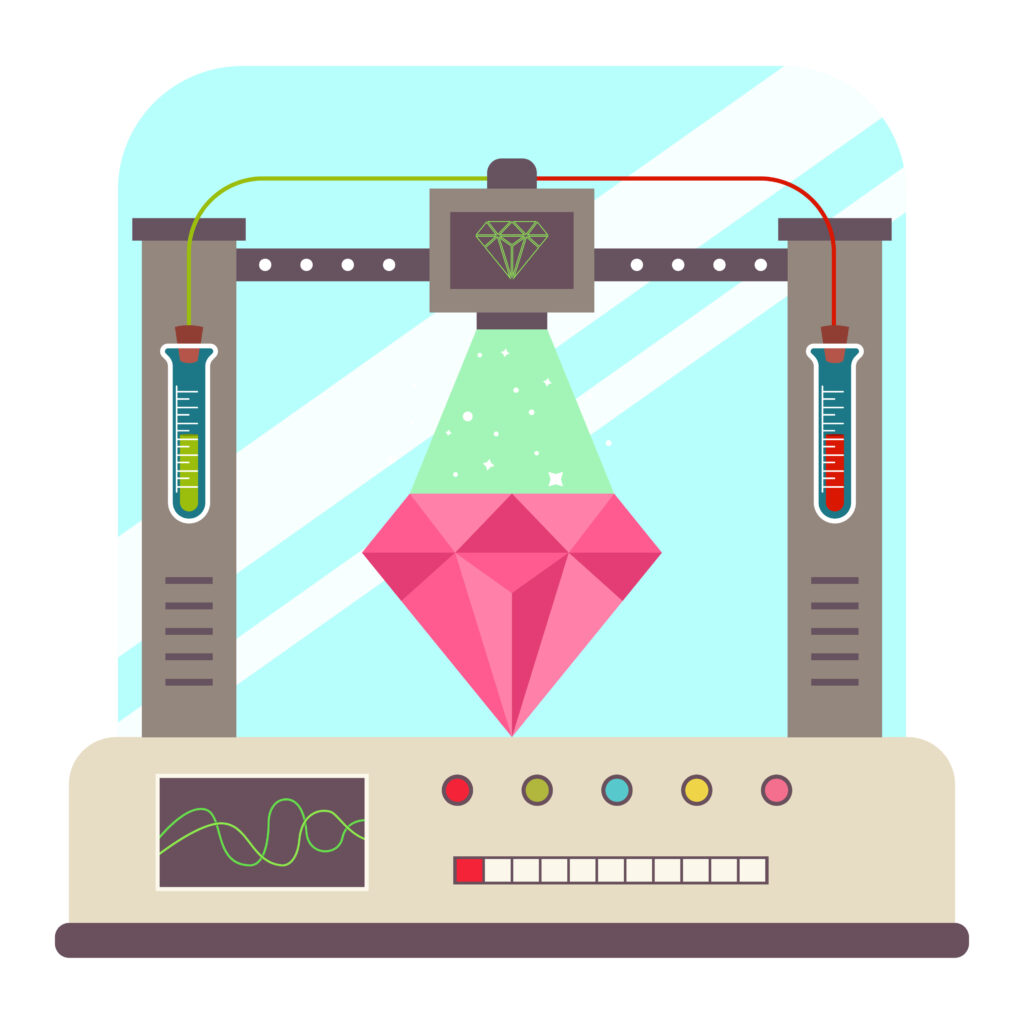
Lab Grown Diamonds revolutionized their trade.
They’ve got the whole world watching. And they’re damn near perfect.
But with dominance, come detractors. Many old-school jewelers refuse to sell Lab Diamonds, predominantly because they’re so much cheaper than Natural Diamonds, which creates doubt amongst the soon-to-be-engaged.
Let’s tackle the common questions surrounding Lab Grown Diamonds, so you can make an informed decision when it’s time to create the Perfect Engagement Ring.
#1. Is a Lab Grown Diamond a real Diamond?
Lab Grown Diamonds have the same physical, chemical and optical properties as natural diamonds, according to the Gemological Institute of America (the world’s leading diamond grading and education lab). Same chemical composition (Carbon), hardness, density, and reaction to light.
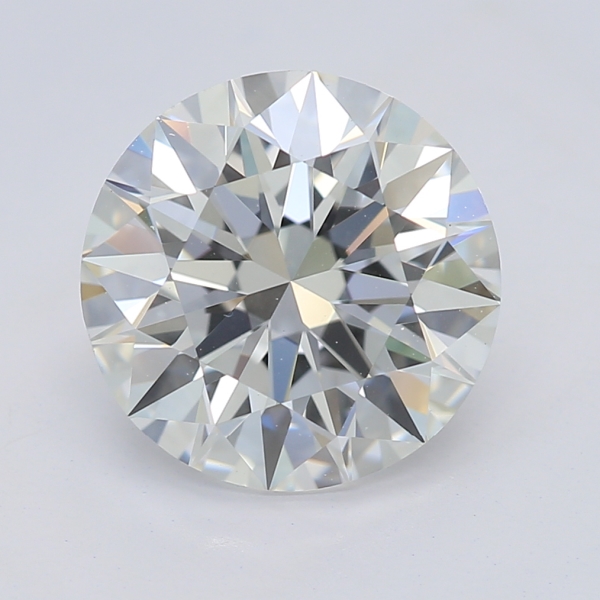
Lab or Natural Diamond?
That’s a 2.01 carat GIA Graded, Natural Diamond, “F” Color and “VS1” Clarity.

Lab or Natural Diamond?
That’s a 2.00 carat IGI Graded, Lab Grown Diamond, “F” Color and “VS1” Clarity.
Which one’s the Lab, which ones the Natural? A jeweler can’t tell the difference by naked eye. Neither can your fiancée, and neither can your mother-in-law.
Diving deeper: CVD versus HPHT Diamonds. What’s the difference?
Let’s get into the science really quick and then I promise we’ll look at some pretty rocks next.
HPHT (High Pressure, High Temperature) is the original method of creating Lab Grown Diamonds. First you take a cute lil diamond seed: a slice of diamond about as thick as human hair. Then you plant it, water it, and give it plenty of sunshine and love chamber it with graphite and other catalytic metals and light that candle to 4500 degrees Fahrenheit at the same pressure levels found under earth’s crust.
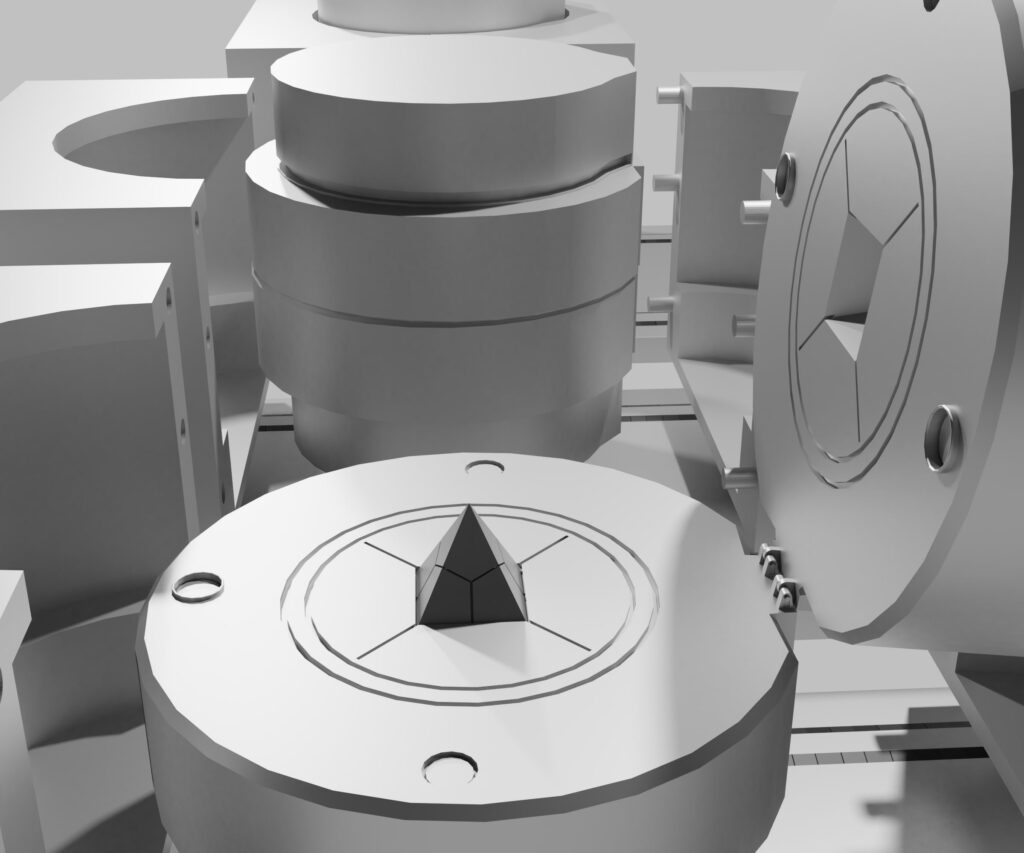
At the end of the process, which usually takes a few weeks, we’re left with a block of rough diamond that is cut and polished into the pretty thing going on your Ring.
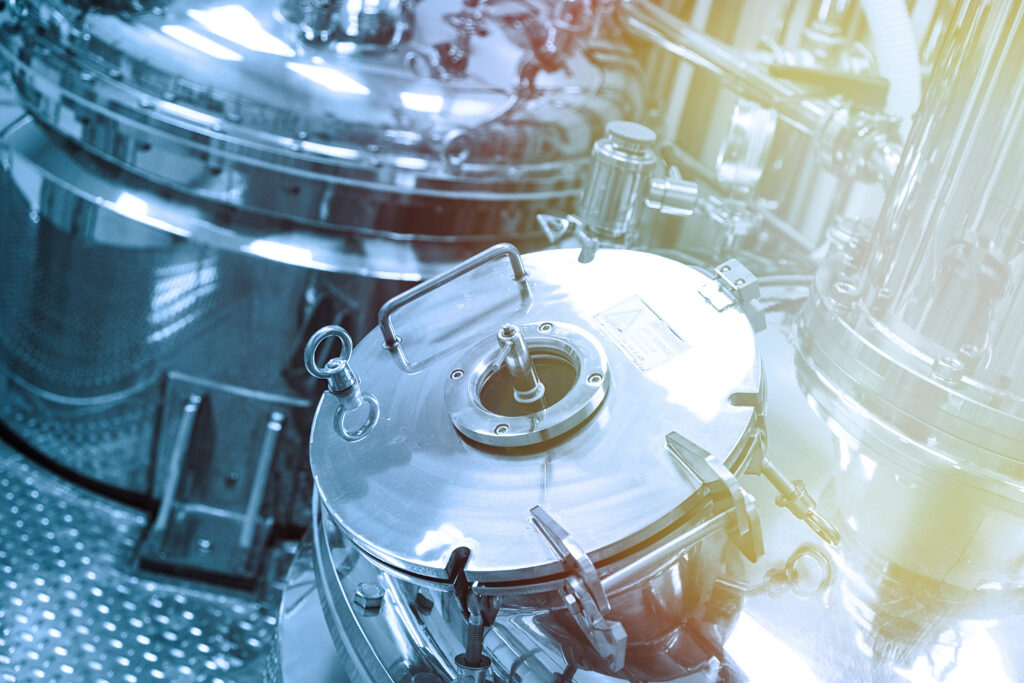
CVD (Chemical Vapor Decomposition) is the newest method of producing Lab Grown Diamonds. It’s the Warrior’s 3-Ball to Tex Winter’s Triangle. Both methods are highly effective. Just another method of creating a dynasty.
The CVD method places a diamond seed into a pressure-sealed chamber chamber filled with carbon-rich gasses and warms it up at a much cooler 1,450 degrees Fahrenheit (800 Celsius for our foreigners). These gasses are ionized (almost there, stay with us) and their carbon bonds to the carbon of the seed. This combo grows into a rough diamond crystal which is cut and polished into a sparkling Diamond.
IMPORTANT: Will Lab Grown Diamond pass a diamond tester?
You bet your butt they will. Diamond testers measure thermal conductivity- how quickly heat travels through the stone. All Diamonds are super thermally conductive- 5 times more so than copper. Testers pick up on this trait in both Lab and Natural Diamonds, and return a satisfying little *beep* to let you know your stone is the real thing. Check us out on Instagram to see us test stones live.
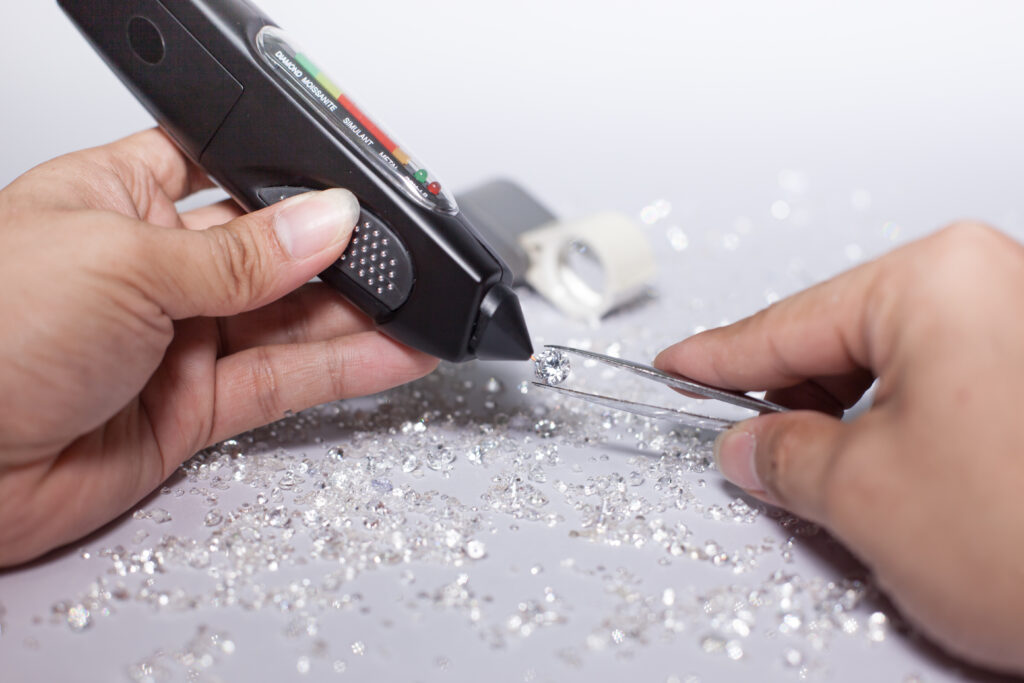
Now, some early version HPHT Lab Grown Diamonds would return as “Moissanite” on a diamond tester because they contained boron, which is electrically conductive. Though these stones are physically, chemically and optically the same as Natural Diamonds, their boron sets off the “Moissanite” button, since Moissanites are electrically conductive.
We run every Diamond through a diamond tester to make absolutely sure it tests correctly. If you’re looking for a Diamond at a local retailer (God help you), make sure they do the same.
How do you tell Lab Grown and Natural Diamonds apart?
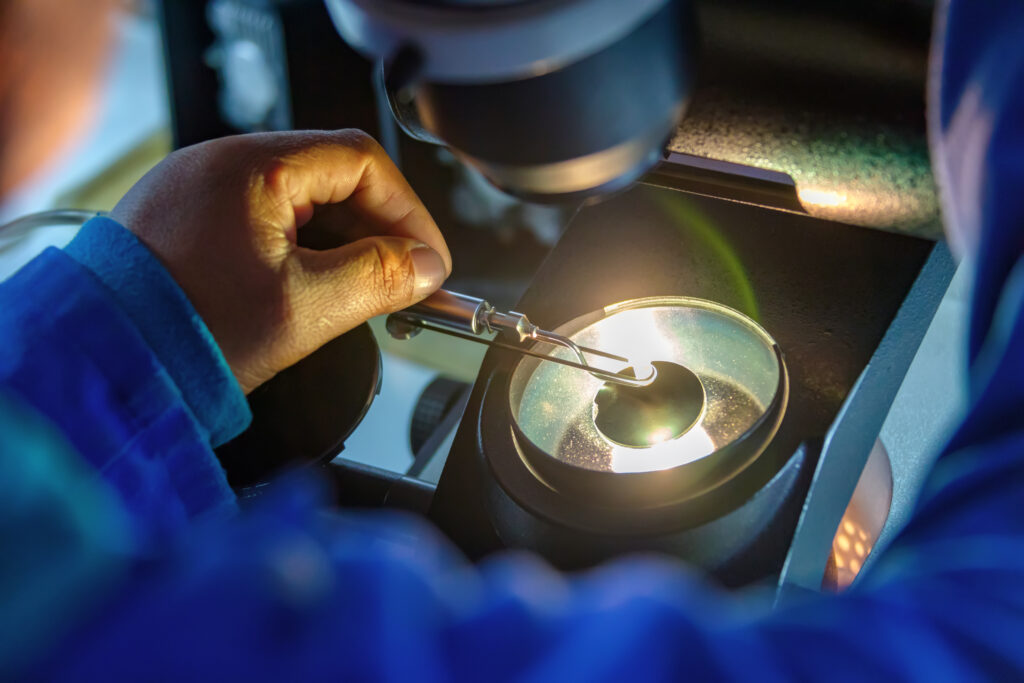
The GIA uses highly sophisticated equipment to analyze several features of a Diamond to tell whether it’s Lab Grown or Natural, and if Lab Grown, which growth method was used. For example:
- Inclusions. HTHP Lab Diamonds contain metal inclusions, remnants of the catalytic metals used in their creation chamber. CVD Lab Diamonds have non-diamond carbon inclusions. Natural Diamonds can have many different kinds- resulting from the unique environment they grow in. You can find other minerals or even a separate piece of diamond crystal included in a natural stone.
- Growth Morphology. There’s big differences in the rough shape and growth structure of Lab and Natural Diamonds. Natural Diamonds grow in 8 directions, in an octahedral shape. HTHP Lab Diamonds grow in 14 directions, in a cuboctahedron (actual word) shape. CVD Lab Diamonds have a cubic rough that grows in one direction and look like an ice cube. A really sparkly and expensive ice cube. Check out this awesome chart from the GIA for photo references.
#2. Why are Lab Grown Diamonds so expensive?
They aren’t ???? Bought from us, they average 50-75% less than an equivalent Natural Diamond. Why? Simply because it’s easier/less expensive to produce a Diamond in a lab than it is to mine one from the earth.

A lot of retail stores take advantage of this and boost their profit margins by selling Lab Diamonds for almost the same price as Naturals.
Not us. Check out the Best Diamonds On Our Site here and click here for a no-obligation quote to create Her Dream Ring.
Some examples of Lab Diamond Engagement Rings and their approximate pricing using Natural Diamonds…

2.41 carat, IGI Graded Lab-Grown (“F” Color & “VS1” Clarity)
Lab-Grown (Center Diamond): $2,300
Natural (Center Diamond): $33,000
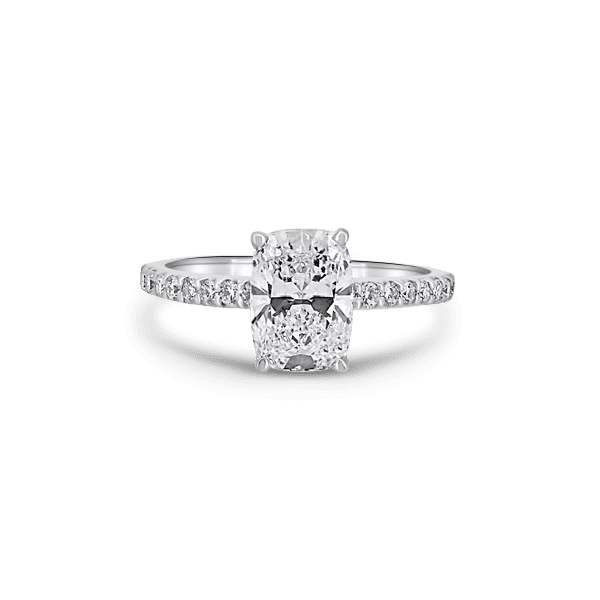
1.93 carat, IGI Graded Lab-Grown (“E” Color & “VS1” Clarity)
Lab-Grown (Center Diamond): $2,600
Natural (Center Diamond): $19,250
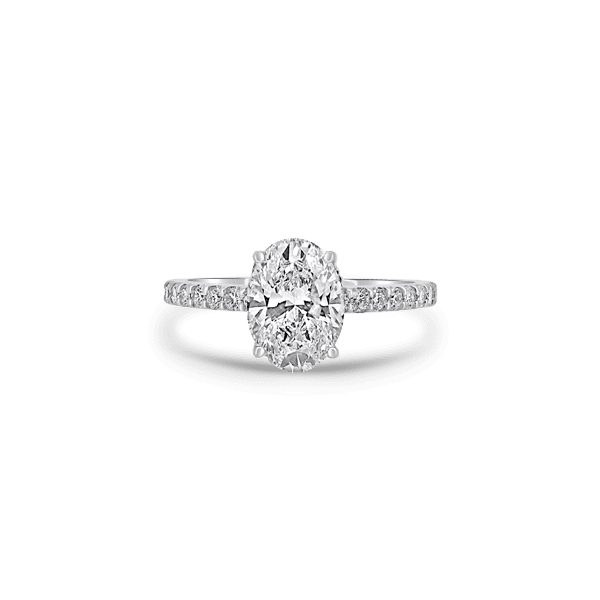
1.51 carat, IGI Graded Lab-Grown (“F” Color & “VS1” Clarity)
Lab-Grown (Center Diamond): $1,500
Natural (Center Diamond): $7,000
#3. Should I buy a Lab Grown Diamond?
Does a bear sh*t in the woods? If you’re cool with a Natural Diamond’s look for a whole lot less money, absolutely. What really gave Lab Diamonds the blue checkmark (before you could pay for them monthly) was the GIA issuing Lab Diamond Grading reports.
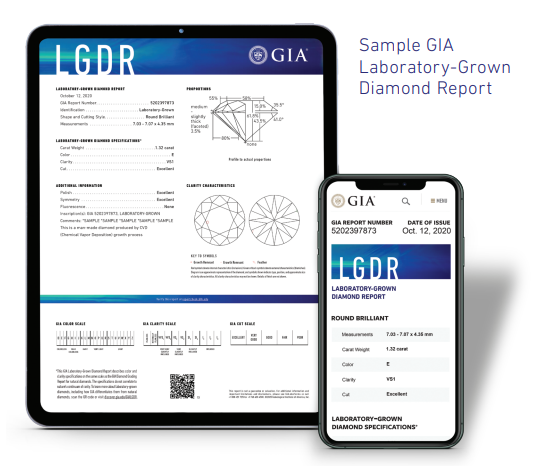
In 2019 the GIA retired from minor league baseball started issuing grading reports for Lab Grown Diamonds on the same Cut, Color, and Clarity scales used for Natural Diamonds. This was the final stamp of approval Lab Diamonds were missing, an “endorsement” from the most reputable Diamond Grading Lab on the planet.
Gabriel Edward Jewelers is Team Proposer- we want you saving money on the Perfect Ring so you can spend it building life with your soulmate. If you’re cool with the same sparkle for a lot less money, Lab Grown Diamonds are the way to go.
